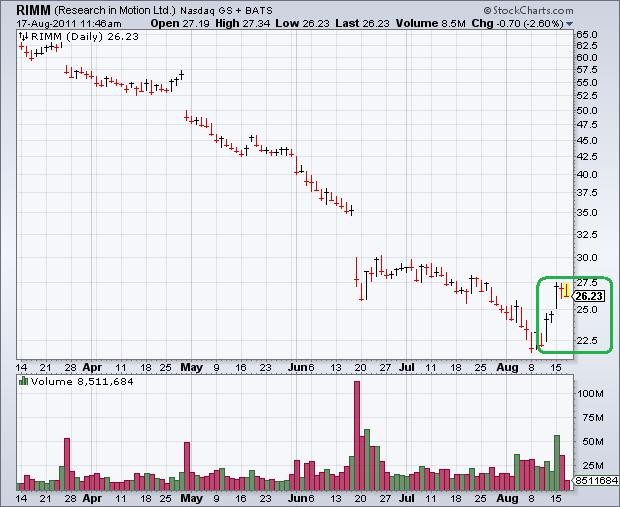Flaws In The Price Earnings Ratio
Post on: 30 Апрель, 2015 No Comment

Stay Connected
The P/E ratio is one of the best-known and widely used indicators. It’s also one of the least understood.
P/E compares current share price to earnings per share (EPS ). So a technical (price) is calculated based on a fundamental (EPS). A few important flaws to remember about P/E:
1. It compares information from different time periods. The price is today’s price per share, but the EPS is the latest annual earnings, divided by outstanding shares. So today’s price is compared to last year’s earnings. The farther away from the end of the fiscal year, the less reliable the P/E.
2. Using the forward P/E instead of historical P/E is only a guess. Some analysts overcome the timing issue by using forward P/E. Instead of using last year’s EPS, this formula used estimated EPS over the coming year.
3. The significance of the multiplier isn’t well-understood. The number you get by dividing price by EPS represents the years of earnings in current price. For example, if current price per share is $52.50 and the latest EPS is $3.25, P/E is:
$52.50 ÷ $3.25 = 16.2
This means the current price of $52.50 is equal to 16.2 years of earnings. But for most investors, it’s difficult to translate P/E into a decision about whether the stock price is reasonable or too high.
Most analysts agree that a moderate P/E — for example, between 10 and 25 — means the stock price is at a reasonable level. A higher P/E represents much less of a bargain.
Because both price and earnings can vary considerably, P/E should be studied over several years. For example, McDonald’s (MCD ) has begun competing directly with Starbucks (SBUX ) by installing coffee service in many of its restaurants. But how do the two companies compare based on price trends and P/E ratio? A five-year summary of each company is revealing:

This comparison includes price trend as well as P/E. Starbucks’s price declined over five years, while its P/E remained quite high. The level of 46 indicates that during the latest year, the stock was very overpriced. That’s only a slight improvement to a P/E of 53 five years earlier.
McDonald’s stock price climbed substantially over five years, while its P/E remained level. The latest range comparison between Starbucks (46/16) and McDonald’s (16/12) concludes that MCD is a bargain-priced stock compared to SBUX.
This is only one of several indicators valuable in picking stocks. But it’s important to use the trend rather than a single entry because the trend, as always, reveals a better picture of the stock’s health.














